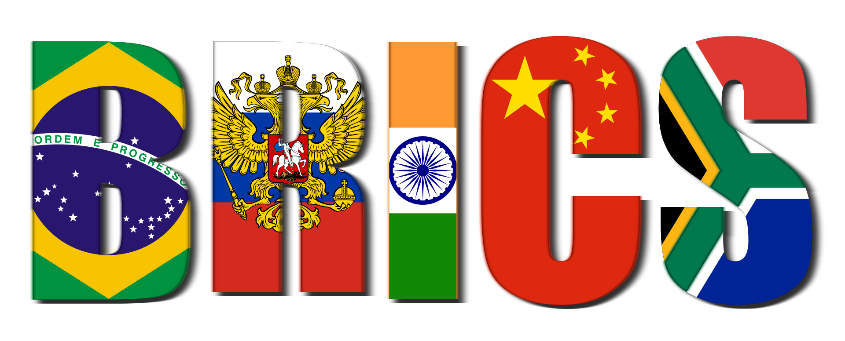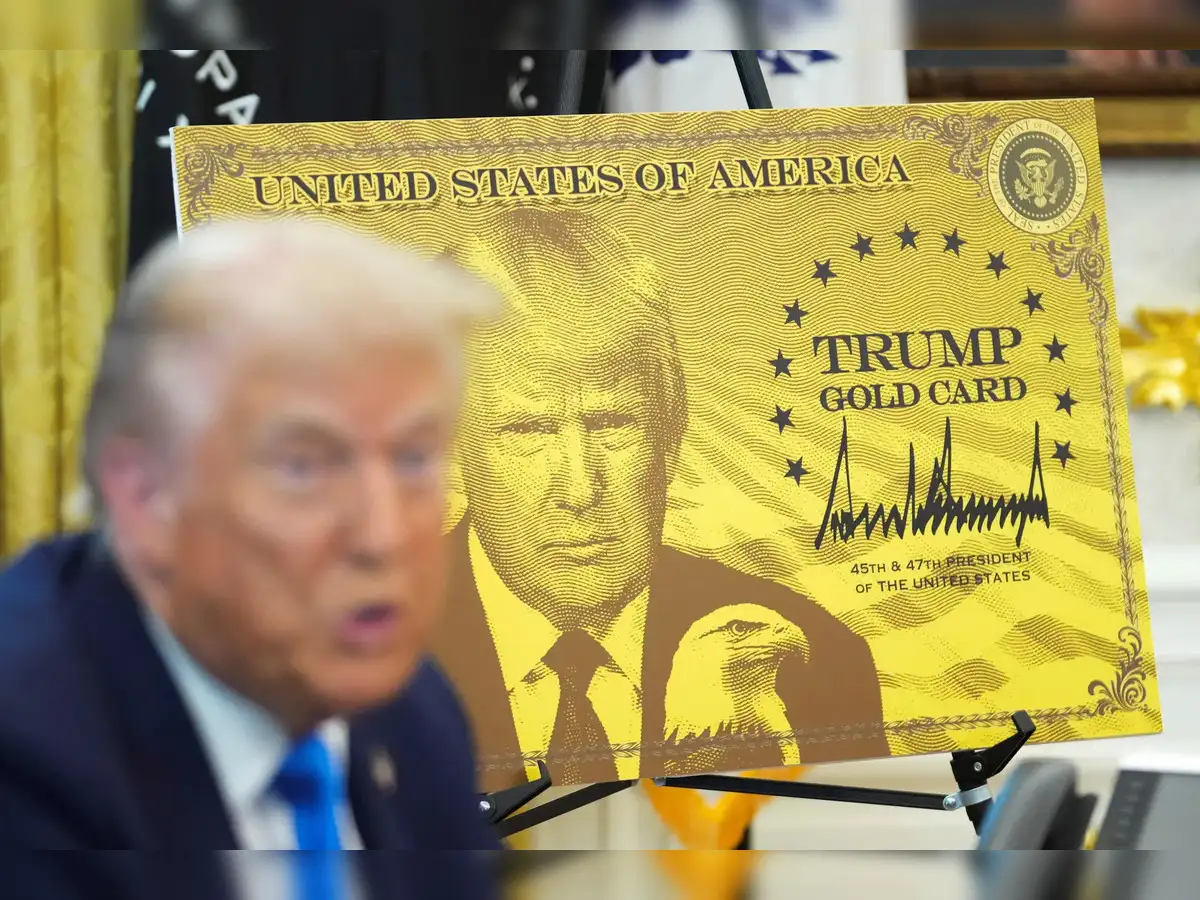Description

Disclaimer: Copyright infringement not intended.
Context
- South Africa has said that President Vladimir Putin of Russia will not attend a scheduled summit of the BRICS grouping in Johannesburg from August 22-24.
What is the BRICS?
- BRICS is an acronym that started as BRIC in 2001, coined by Jim O’Neill (a Goldman Sachs economist) for Brazil, China, India, and Russia.
- Later in 2010, South Africa was added to become BRICS. Goldman Sachs claimed that the global economy will be dominated by the four BRIC economies by 2050. The main reason for such a claim was that China, India, Brazil, Russia, and South Africa were ranked among the world's fastest-growing and emerging market economies for years. The main comparative advantage of this group is their low labour costs, favourable demographics, and abundant natural resources at the time of the global commodities boom.
- The Goldman Sachs thesis didn’t claim that BRICS would become a political alliance or even a formal trading association. However, the report said that BRICS has the potential to form a powerful economic bloc.
- In 2013, BRICS accounted for around 27% of global GDP in purchasing power. The five countries have a total population of 2.88 billion, accounting for around 42 per cent of the entire global population. The countries in the BRICS bloc cover 26 per cent of the total land area on earth.

Goldman Sachs’ BRIC Thesis: Early Development
- O'Neill of Goldman Sachs noted in 2001 that BRIC nations were expected to grow more quickly than the Group of Seven consisting of the seven most advanced global economies, including Canada, France, Germany, Italy, the United Kingdom, the US, and Japan. In the “Building Better Economic BRICs” paper, O'Neill presented his views on the potential of BRIC nations.
- Later in 2003, Roopa Purushothaman and Dominic Wilson (O’Neill’s colleagues at Goldman Sachs) presented a report named “Dreaming with BRICs: The Path to 2050.” They both claimed that by 2050, BRIC will become more prominent than the G7, changing the look of the world's economies in four decades.
- In another report "BRICs and Beyond," (published in 2007), Goldman Sachs focused on the growth potential of BRICs, the sustainability of their rise, and the impact they will have on the environment.
Closure of Goldman’s BRICS Fund
- The growth of the BRICS economies slowed down after the global financial crisis. It further slowed down after the collapse of oil prices in 2014.
- By 2015, BRICS was no longer an attractive investment avenue. Since reaching its peak in 2010, the BRICS investment fund lost 88% of its value. It was at this point, that Goldman Sachs merged their BRICS investment fund with the Emerging Markets Equity Fund. The renowned investment fund house noted that they don’t expect significant growth in the fund's assets soon. According to a report from Bloomberg, in 5-years, the BRICS investment fund lost 21%.
How did this International Forum Begin?
- Russia initiated the creation of BRICS. On September 20, 2006, they held the first BRICS Ministerial Meeting. This meeting was proposed by the then Russian President Vladimir Putin on the margins of a UN General Assembly Session in New York. The foreign ministers of Russia, China, and Brazil, and the Defence Minister of India took part in the meeting. All of them were interested to expand their multilateral cooperation.
- At the initiative of Russia, on May 16, 2008, they hosted a meeting of BRICS Foreign Ministers at Yekaterinburg, Russia. They issued a Joint Communique on common stances on topical global development after the meeting.
- On July 9, 2008, the BRICS took another vital step. The then-Russian President Dmitry Medvedev started a meeting with the then President of Brazil Luiz Inacio Lula da Silva, Prime Minister of India Manmohan Singh, and Chinese President Hu Jintao during the G8 Summit in Toyako (Hokkaido, Japan).
- Russian hosted the first BRIC Summit on June 16, 2009, at Yekaterinburg. Here, a Joint Statement was issued by the BRIC Leaders, setting forth the BRIC goals. It pledged to promote cooperation and dialogue among the BRIC countries in a transparent, open, proactive, and incremental manner.
- The joint statement said that the cooperation among the countries in the bloc would serve the common interests of the developing countries as well as the emerging market economies. In addition to the economic benefits, the statement said that cooperation and dialogue among the BRIC countries would also help build a world having harmony, peace, and shared prosperity. The concerned document provided a detailed outline of how the global financial and economic crisis can be dealt with.
Role of the BRICS
- The BRICS countries, from 2009 to 2014, agreed on economic and financial issues, including World Bank and IMF reforms. They agreed to undertake measures of mobilizing sufficient resources so that the IMF can strengthen its potential to combat all kinds of crises. They also created the BRICS Interbank Cooperation Mechanism that provides Extending Credit Facility in Local Currency and the BRICS Exchanges Alliance.
- The BRICS nation offered a source of foreign expansion for firms and solid returns for institutional investors. They also focused on some regional issues, including the problems related to Libya, Syria, Afghanistan and Iran (their indigenous nuclear program). BRICS also coordinated together in resolving:
- Conflicts
- IMF reform
- The struggle against illicit drug trafficking
- The need, use, and development of technologies in information and communication
- The BRICS countries also sought to create favourable conditions for barrier-free trade.

How does BRICS Operate?
- On the basis of UN Charter, BRICS partners’ relations are built. They follow the recognized principles as well as international law’s norms. All the member countries agreed to the following principles during their 2011 Summit.
- Those principles were:
- Solidarity
- Openness
- Pragmatism
- Neutrality (regarding third parties)
- Non-bloc nature
- Both the research centers and business organizations of the bloc countries cooperate within the format prescribed by BRICS, on the basis of plans approved during annual summits since 2010.
READ MORE ON BRICS: https://www.iasgyan.in/daily-current-affairs/brics-15
|
PRACTICE QUESTION
Q. BRICS is a much newer institution than ASEAN, but its trajectory thus far shows it should not be underestimated.. Discuss.
|












